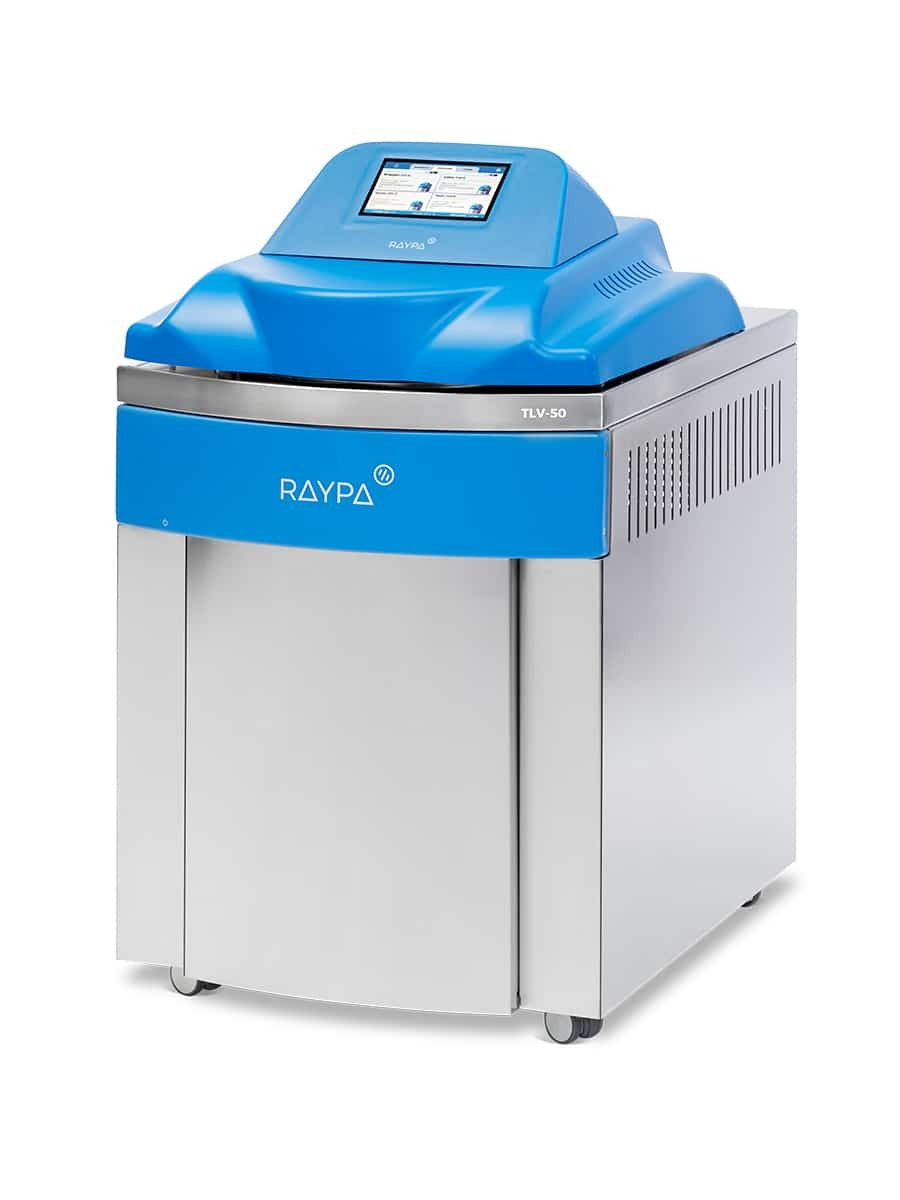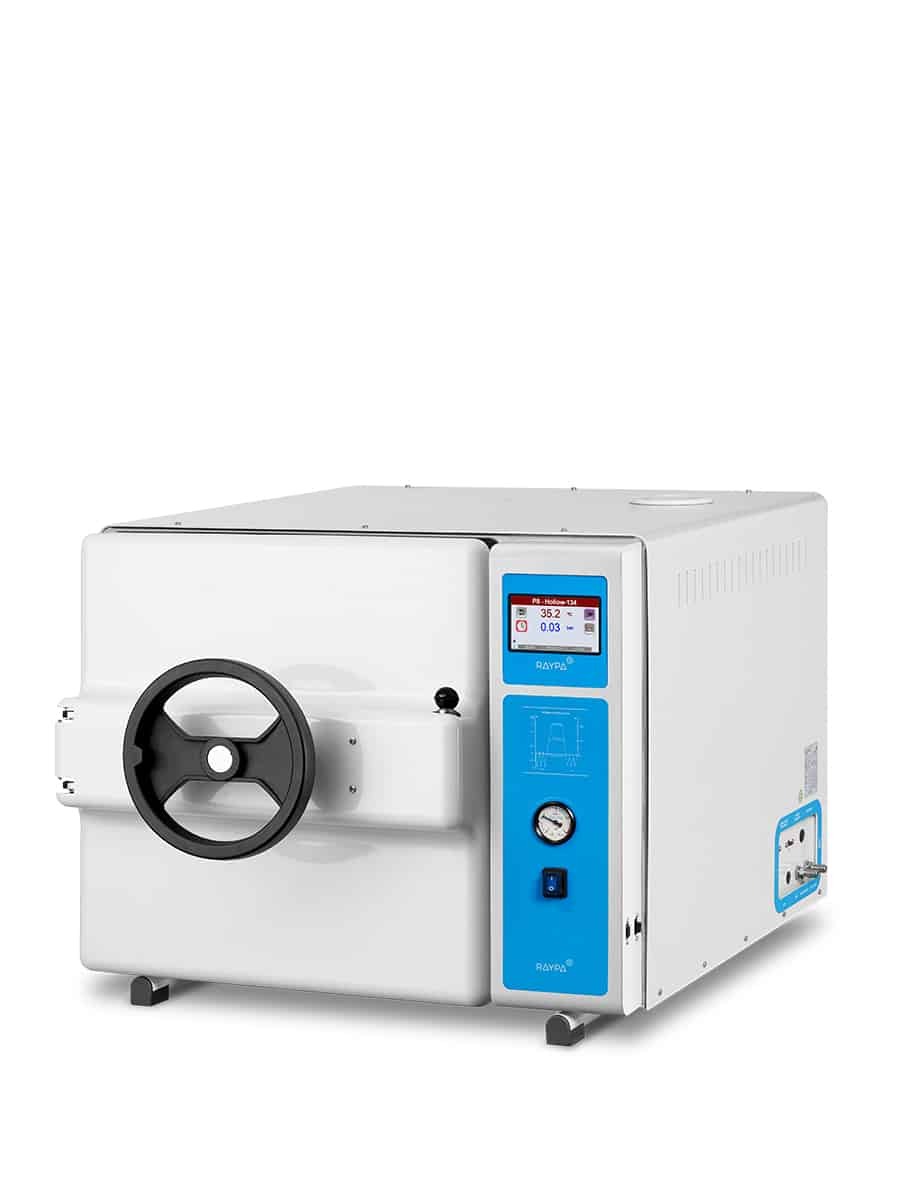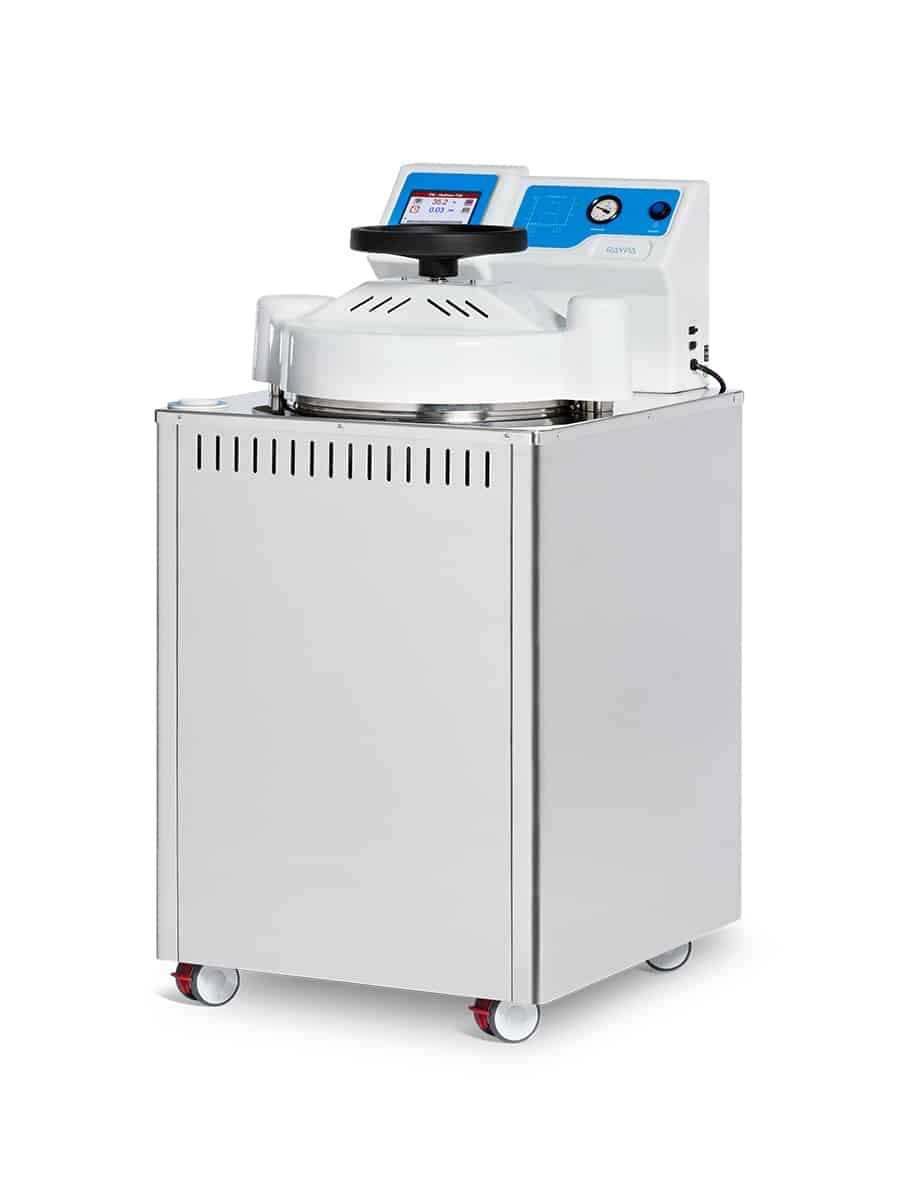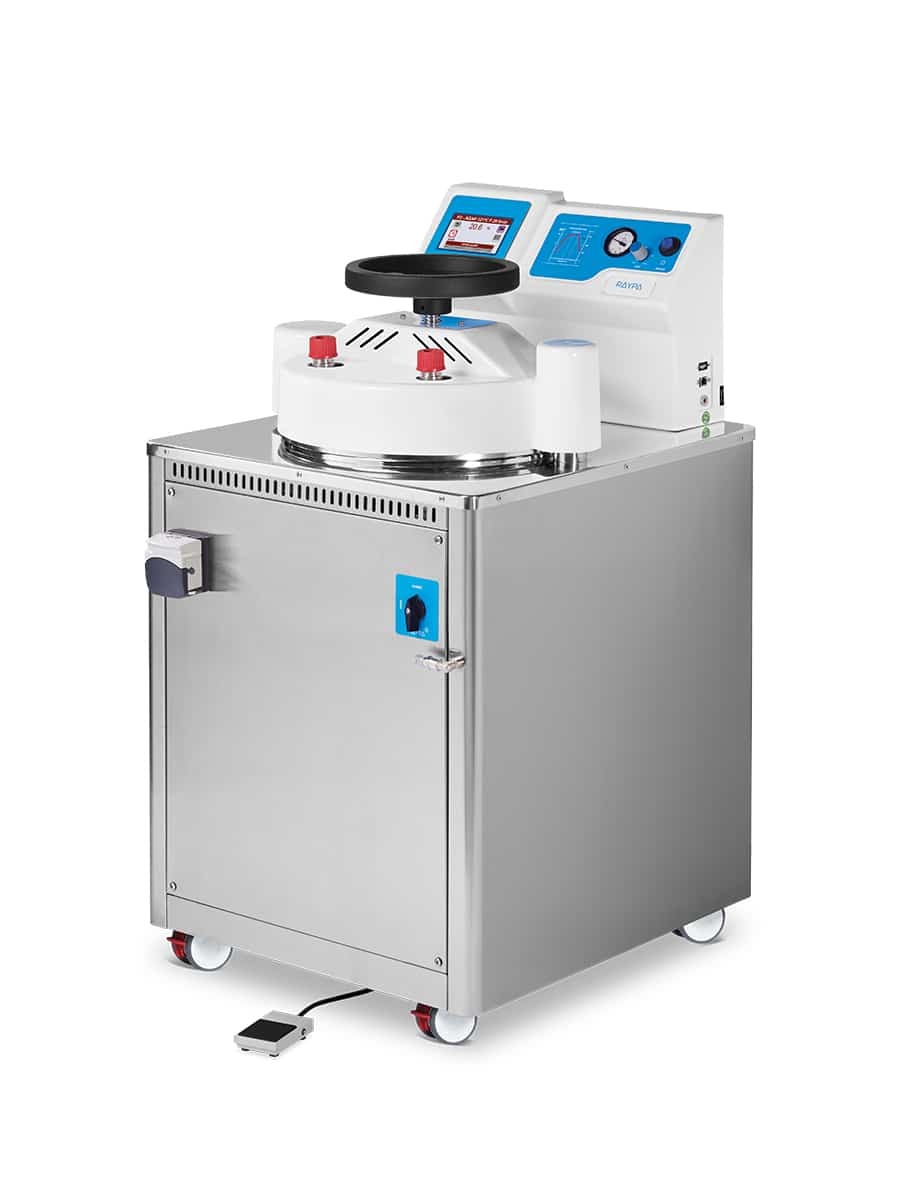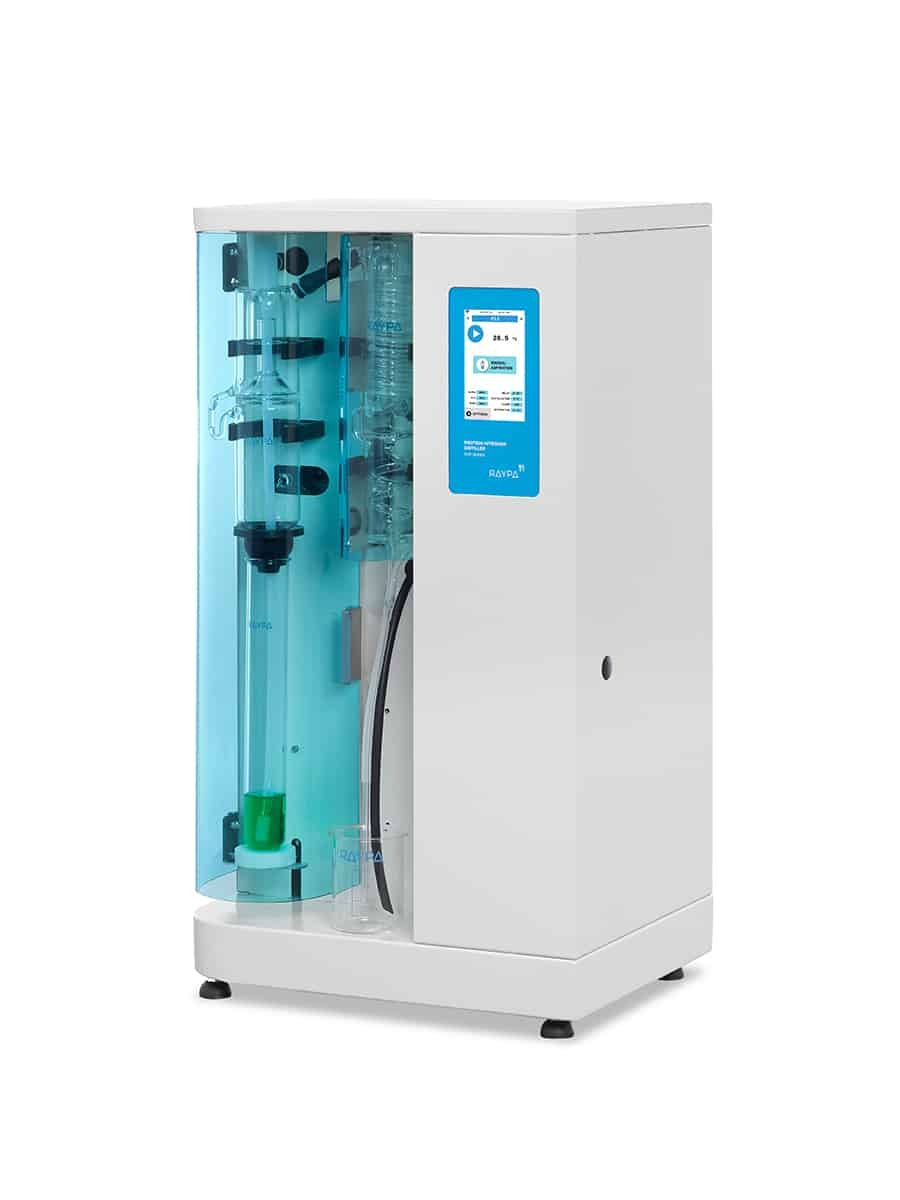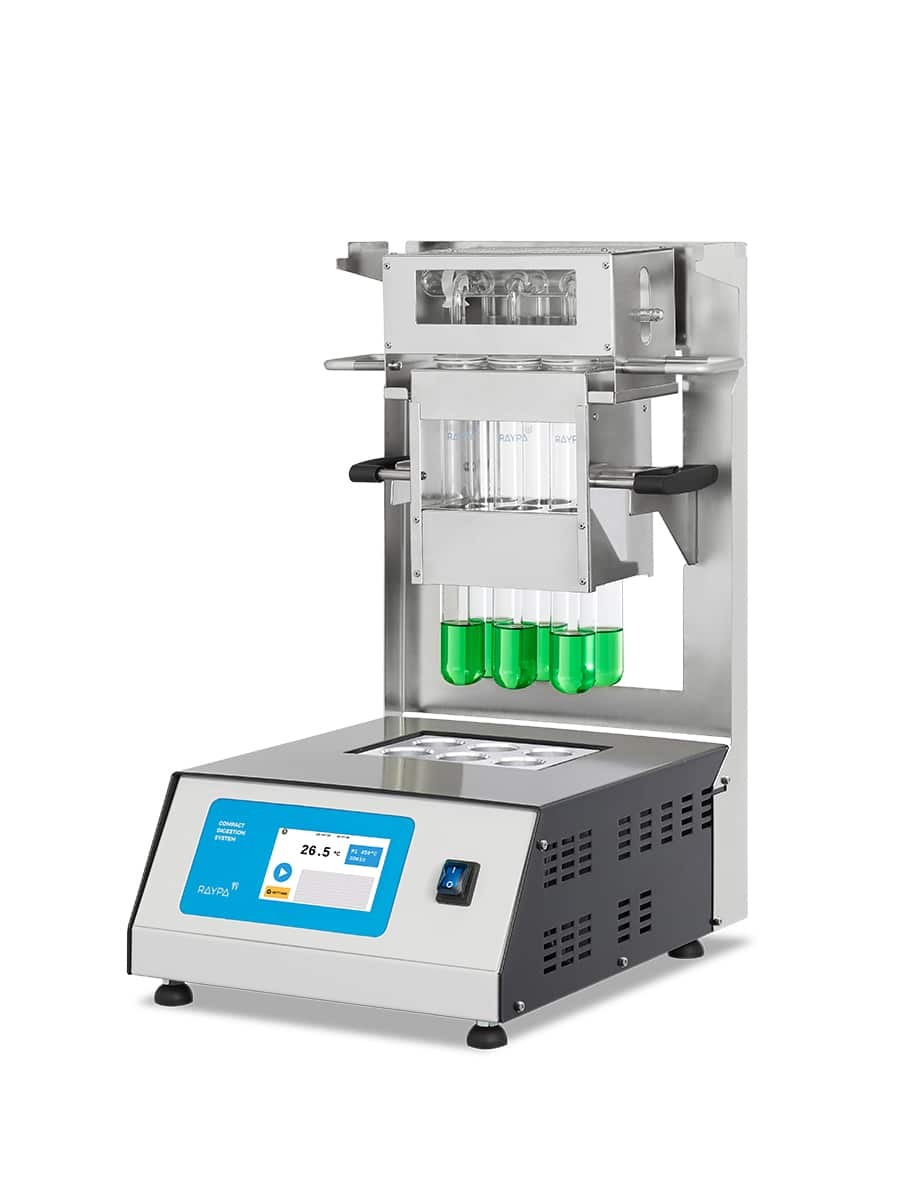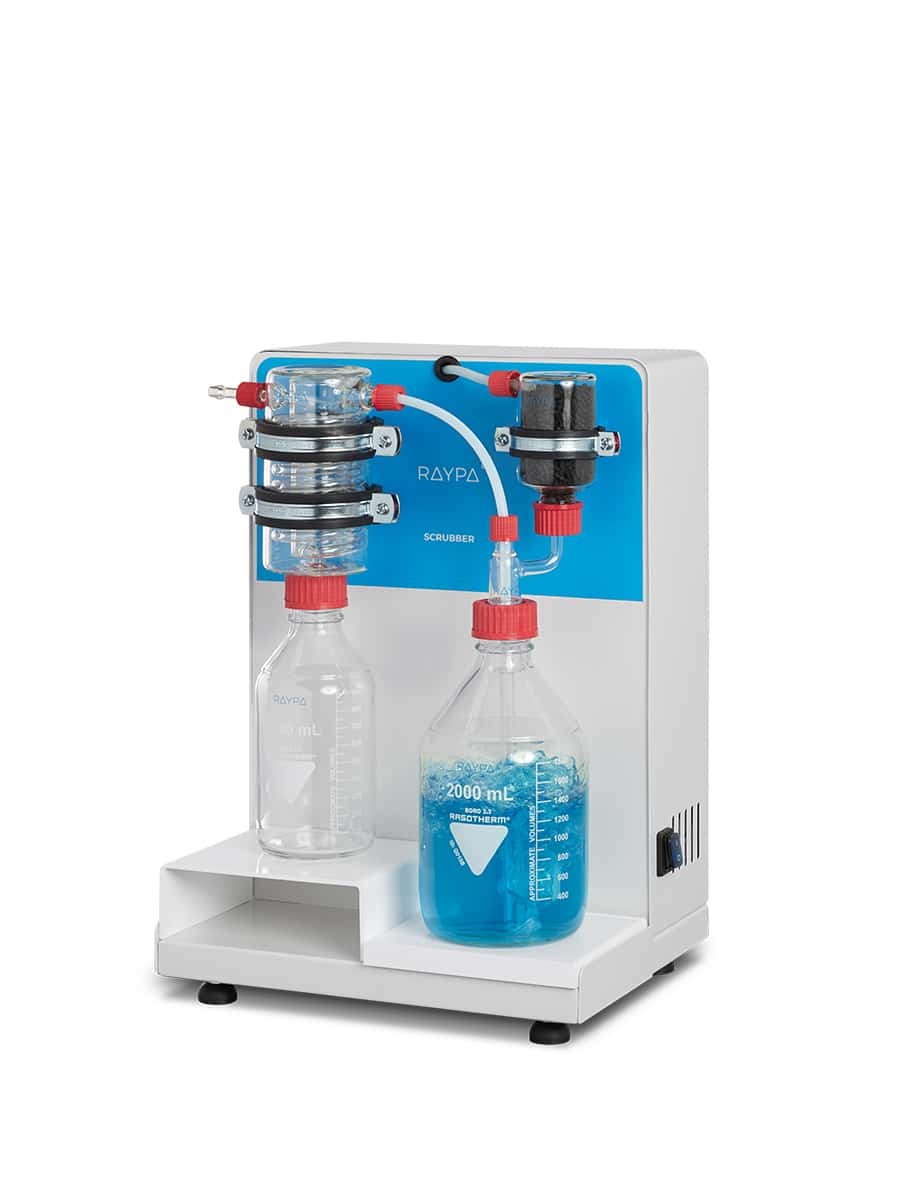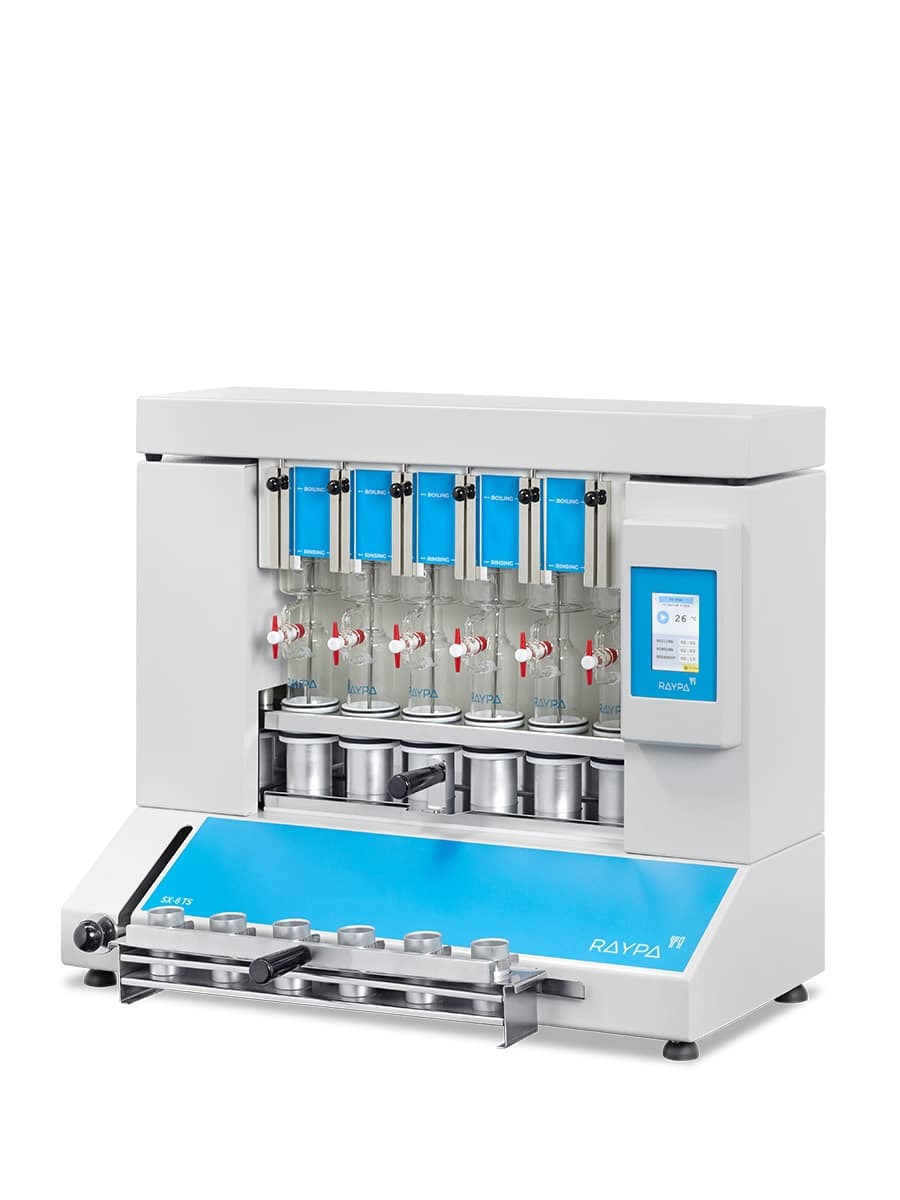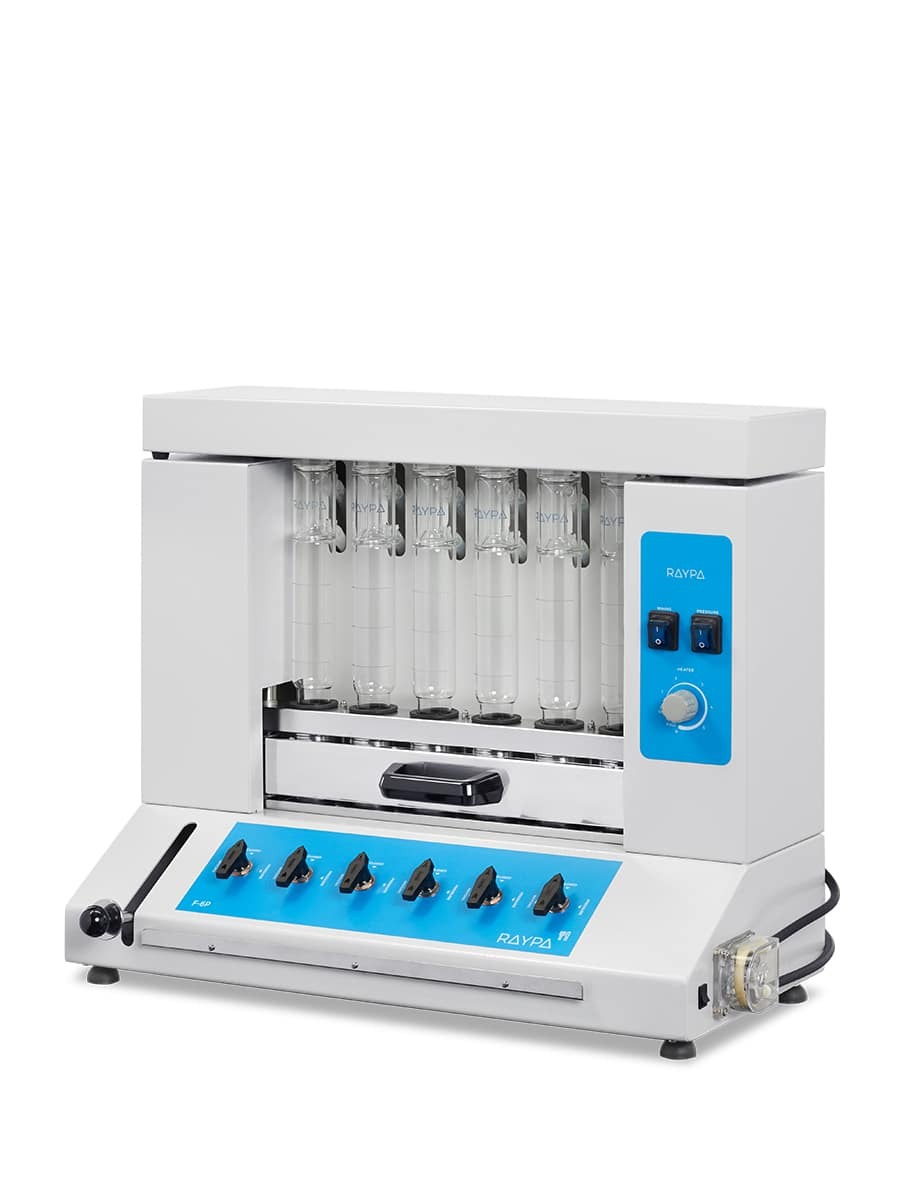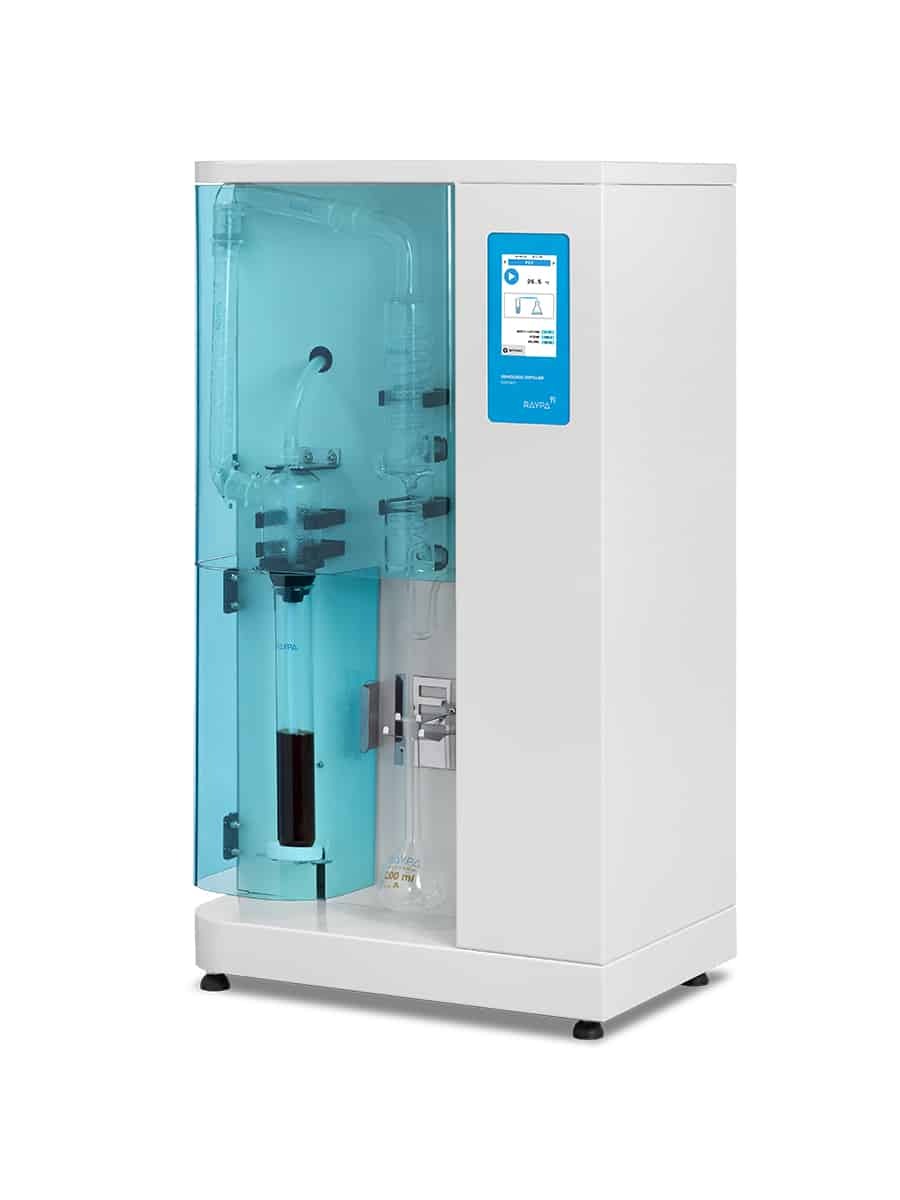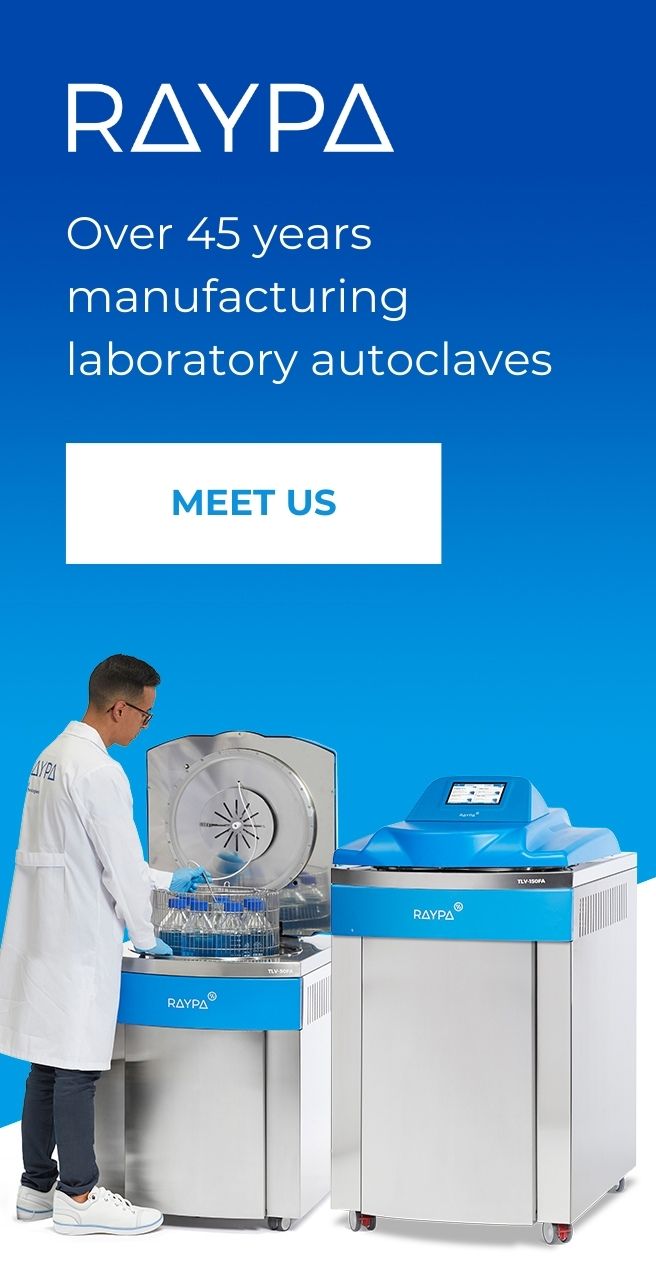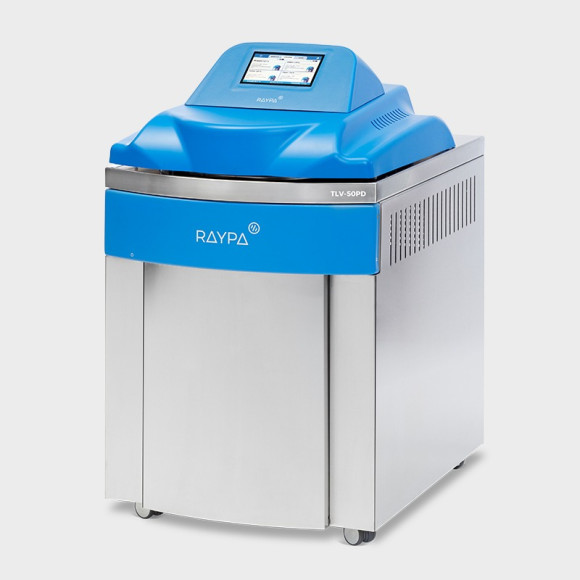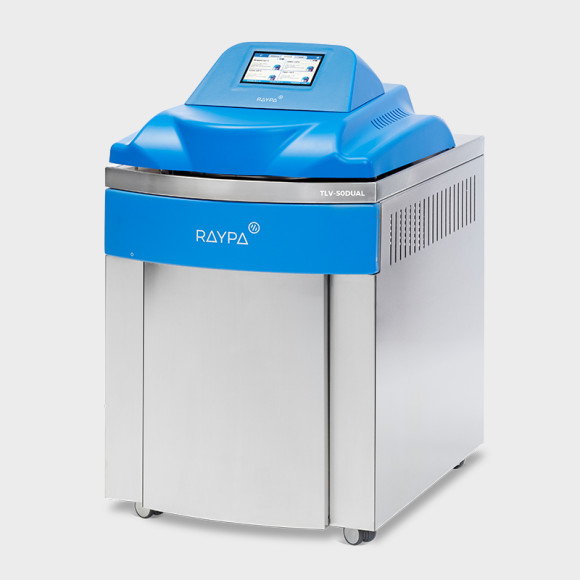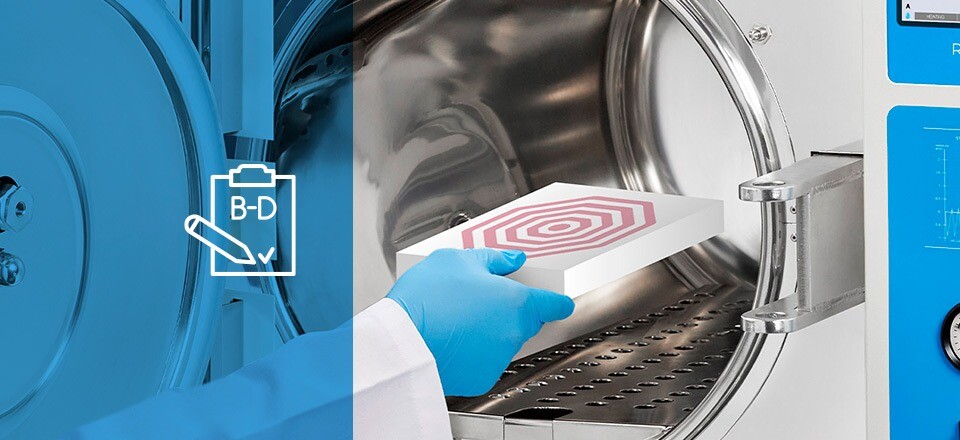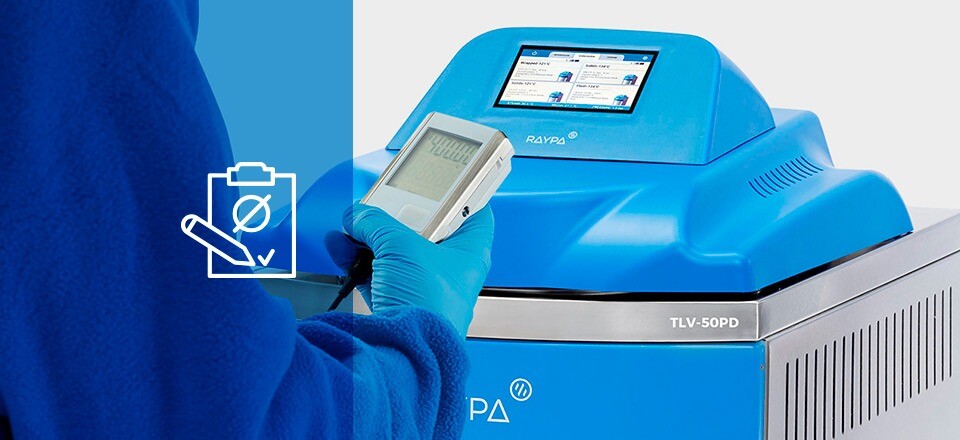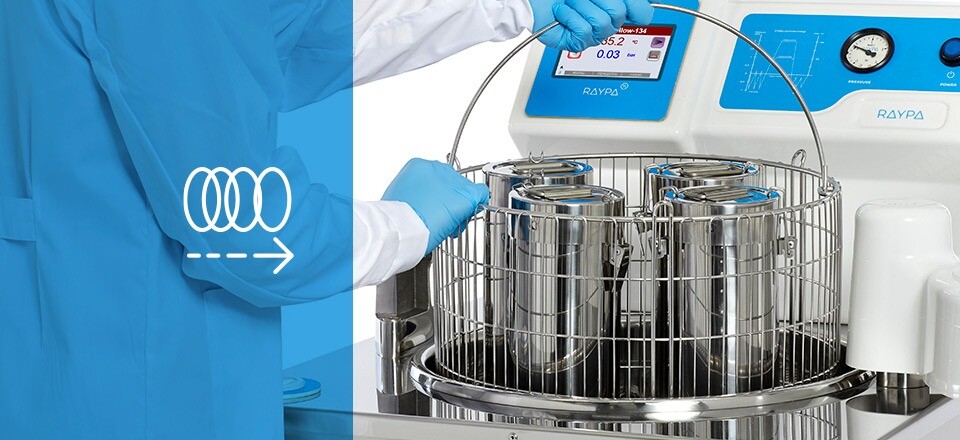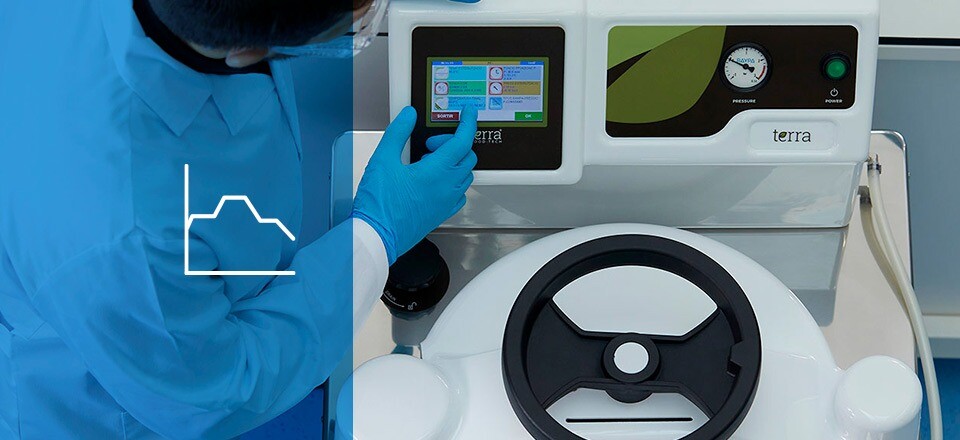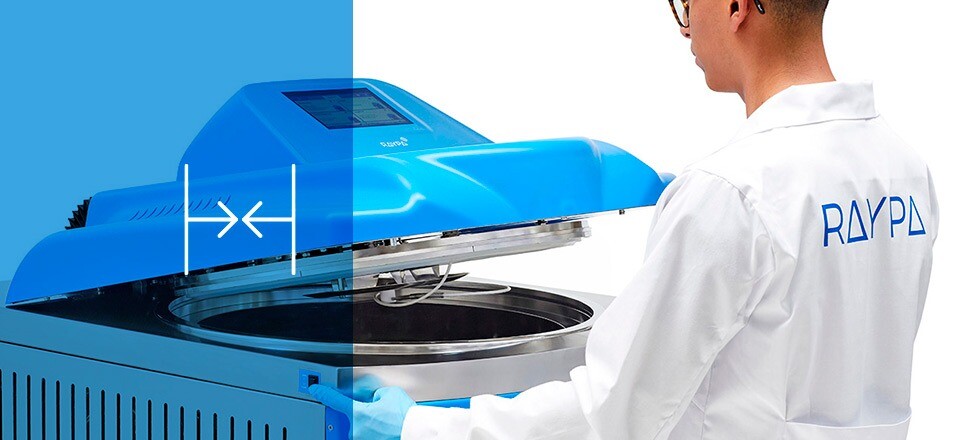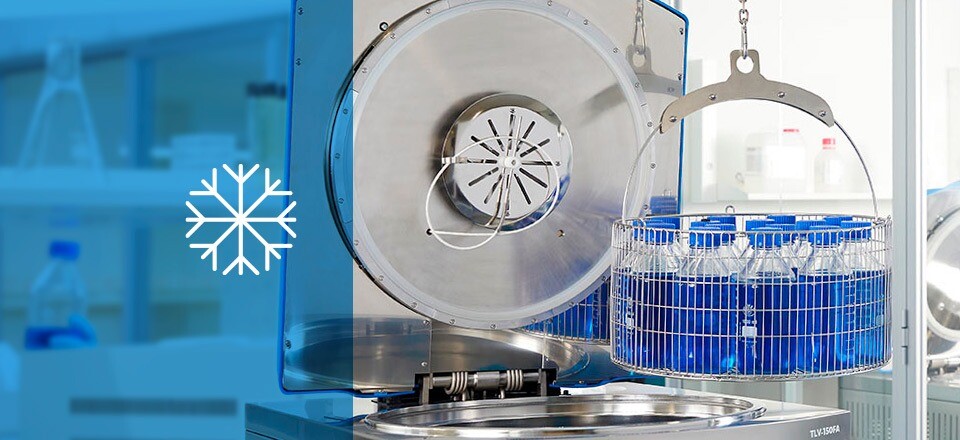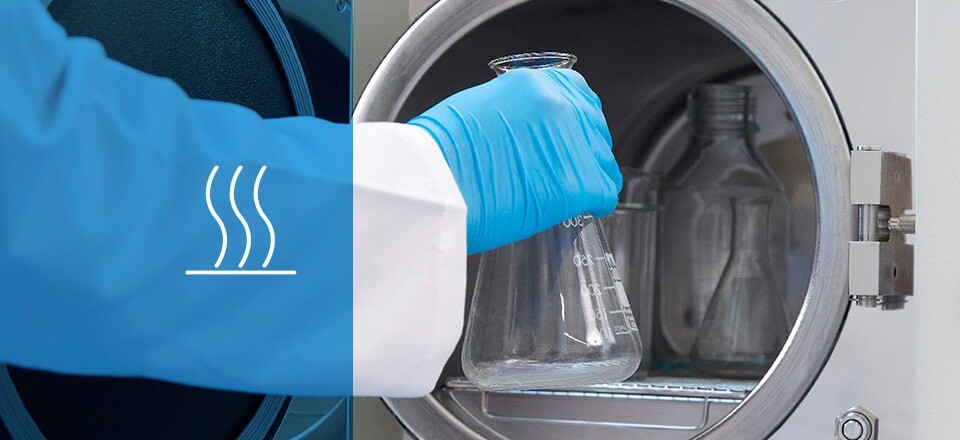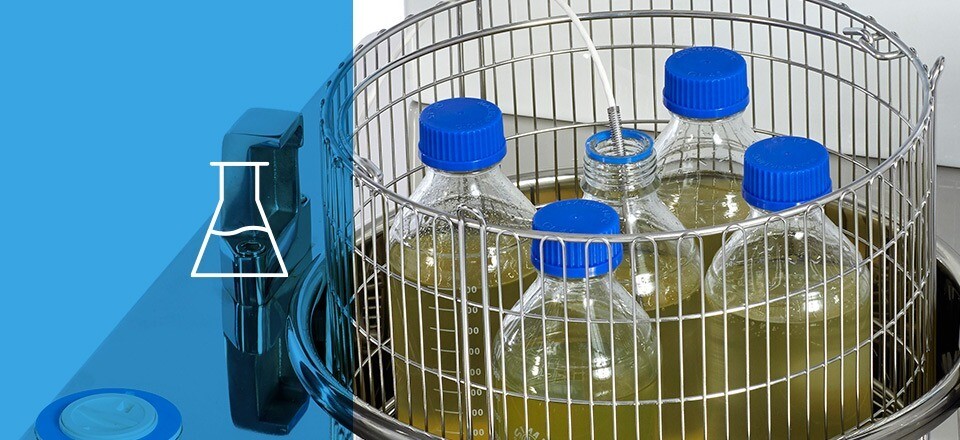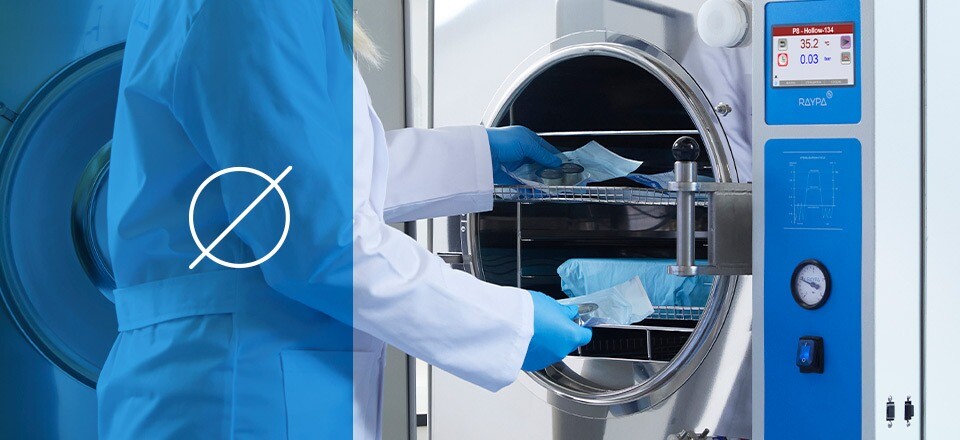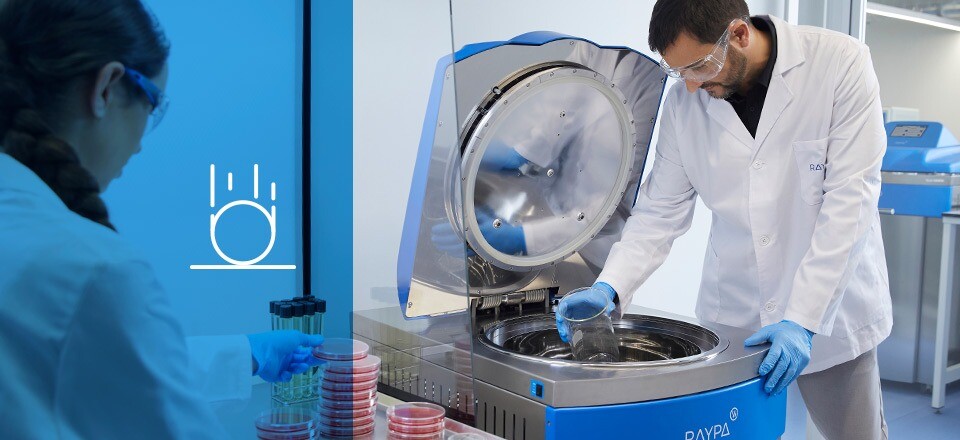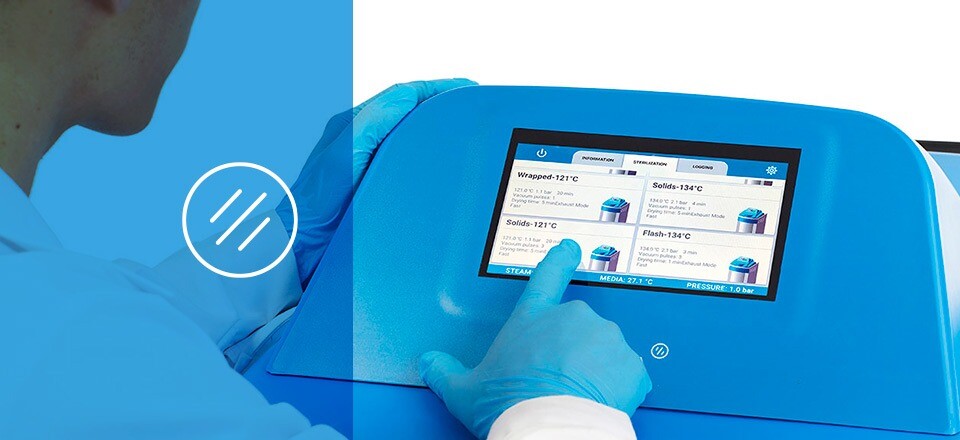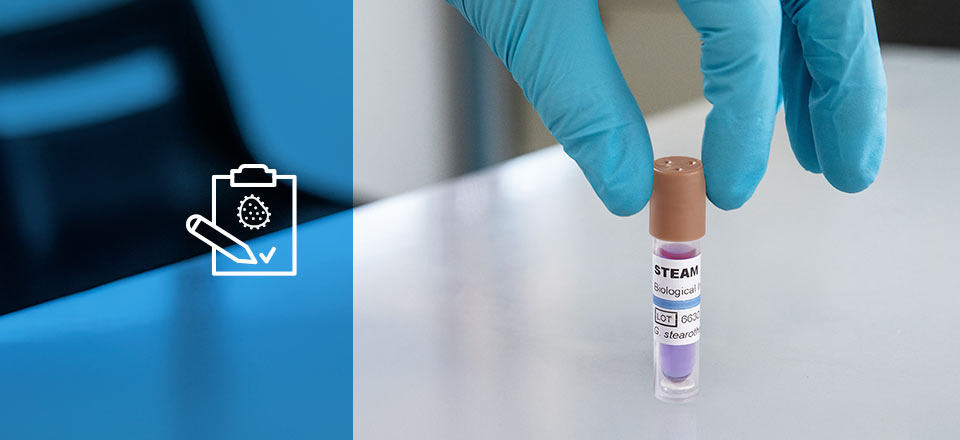Helix test: What is it and why is it important?
The Helix test is crucial for validating the effectiveness of sterilizing objects with cavities in autoclaves. Read the article to understand its importance and detailed procedure.
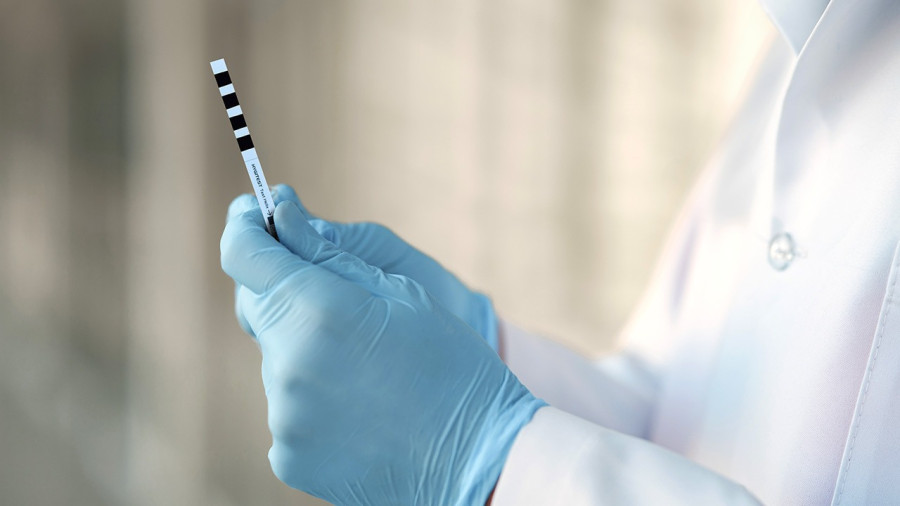
The Helix test is an essential tool for ensuring the effectiveness of the sterilization process in autoclaves with fractionated pre-vacuum, widely used in hospitals and dental clinics. This test evaluates the autoclave’s ability to penetrate hollow instruments with steam, thereby guaranteeing the complete sterilization of devices with long cavities, such as laparoscopic instruments, orthopedic prostheses, and dental cannulas. The significance of this test lies in its ability to diagnose the proper functioning of the autoclave and prevent infections resulting from a loss of efficacy or equipment failure.
These tests typically consist of a kit of reactive strips, a reference color pattern, and a container composed of a tube and a threaded chamber, in which the reactive strip is inserted during the test.
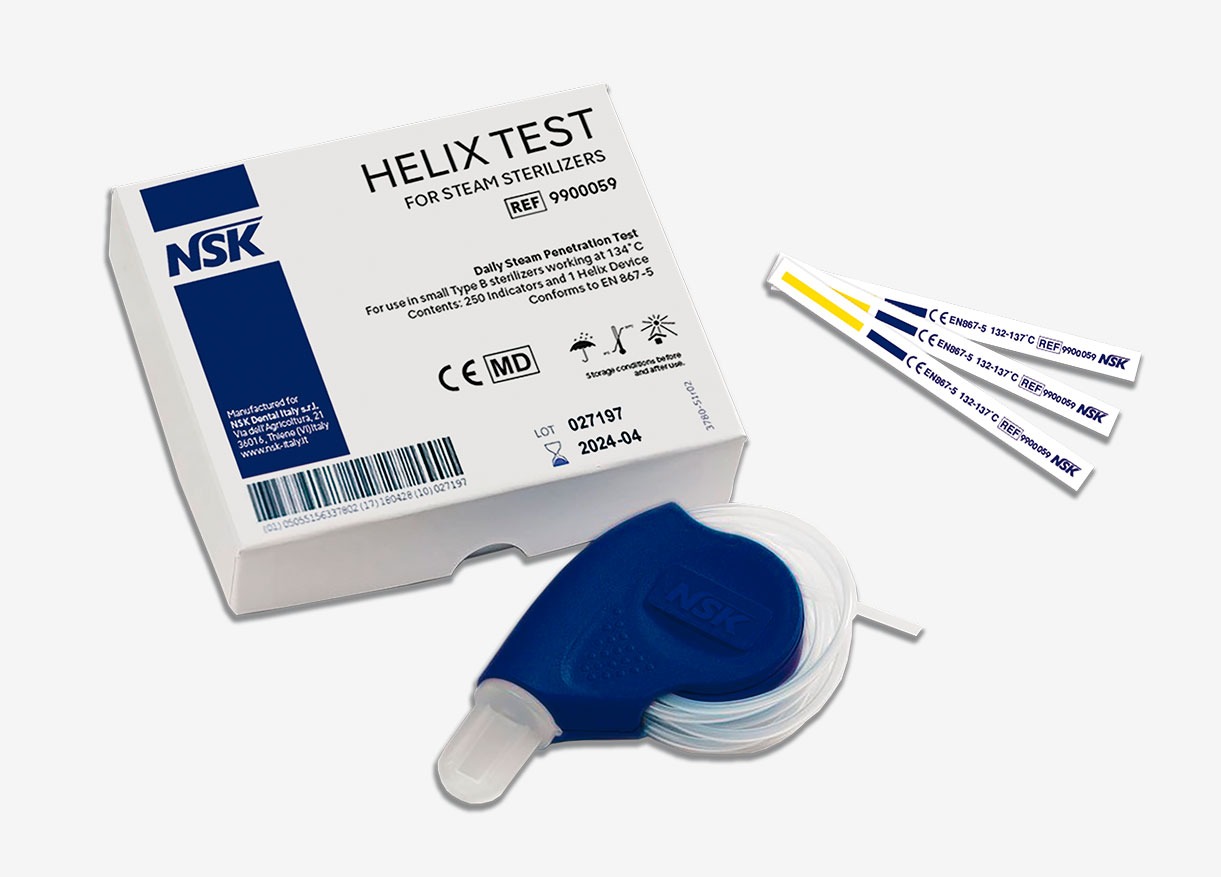
What does the Helix test evaluate?
The Helix test is a functional test of the autoclave that evaluates the steam penetration capability in the chamber by monitoring two critical aspects of the sterilization process:
- Effectiveness of the initial pre-vacuum phase: Ensures that air is completely removed from the autoclave, allowing for proper steam penetration on all surfaces of hollow instruments.
- Sterilization conditions: Confirms that the necessary temperature and pressure of saturated steam are achieved during the sterilization phase.
These aspects are vital to ensure that instruments with cavities and complex geometries, commonly used in surgical procedures in traumatology, cardiology, and dentistry, are adequately sterilized, thereby minimizing the risk of infections for patients.
Procedure and operation of the Helix test
The procedure for conducting the Helix test is meticulous and must be followed rigorously:
- Preparation of the autoclave: Before performing the Helix test, an initial vacuum cycle should be run with the autoclave empty to ensure that it is working properly.
- Execution of the test: A chemical indicator strip is placed inside a capsule connected to a 1.5-meter tube, which simulates the cavity of a dental instrument. After closing the capsule, this assembly is placed inside the autoclave. It is important to close the capsule properly and avoid touching the ties securing the tube.
- Sterilization process: The next step is to select the Helix Test program on the autoclave and run it. During the sterilization cycle, the autoclave must create a deep vacuum and allow steam to penetrate completely through the tube to reach the inside of the capsule.
- Results and actions: At the end of the cycle, the capsule is removed, opened, and the color of the indicator strip is observed. If the test fails, it must be repeated. A second failure indicates the need to repair or replace the autoclave. In any case, it is recommended to keep a complete record of the test results to track the autoclave’s effectiveness over time.
As explained, to determine if the autoclave has passed the test, a color change in the indicator strip should be observed and compared with the pattern provided by the test manufacturer to confirm that the process was effective. If steam does not penetrate adequately, the strip will not change color or will change to an intermediate color, indicating a failure in the sterilization process.
When should the Helix test be performed?
The Helix test should be performed regularly to ensure optimal autoclave performance and safe sterilization procedures:
- Daily: Before starting to use the autoclave to sterilize instruments, to confirm that the autoclave is ready to operate properly.
- After repairs: Whenever maintenance or repairs are carried out on the autoclave, to verify that it continues to operate to the required standards.
- As part of routine checks: Following established guidelines, which recommend conducting vacuum and steam penetration tests regularly.
While any autoclave from any manufacturer is calibrated and checked at the factory, it is essential to periodically validate the correct functioning of pre-vacuum autoclaves used for clinical or surgical purposes through this test. This functional validation not only includes the Helix test but also other tests, such as the Bowie-Dick test. Additionally, each cycle should be accompanied by control tests such as spore tests or sterilization control tape.
Regularly performing this set of functional tests and controlling each cycle is fundamental for maintaining rigorous control over the sterilization process.
Importance of traceability

Performing the Helix test daily provides precise and timely information about the performance and effectiveness of a fractionated pre-vacuum autoclave. For this reason, it is recommended to keep an exhaustive record of the test results to monitor the autoclave’s efficacy over time and to promptly detect any malfunctions. This is crucial for preventing nosocomial infections in patients.
It is advisable to store both the indicator strip and the cycle report in a comprehensive log, which demonstrates rigorous control over the proper functioning of the autoclave. This detailed record not only complies with regulatory requirements in most countries but also provides an additional layer of security in clinical practice, protecting patients and ensuring the quality of sterilization procedures.

